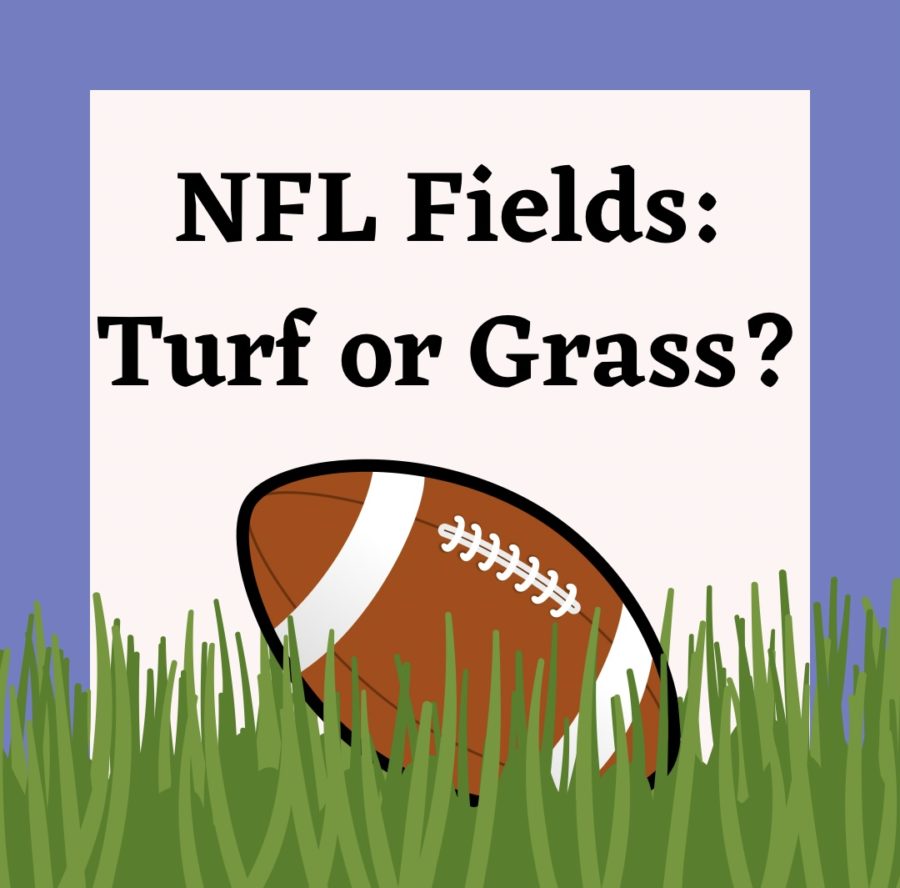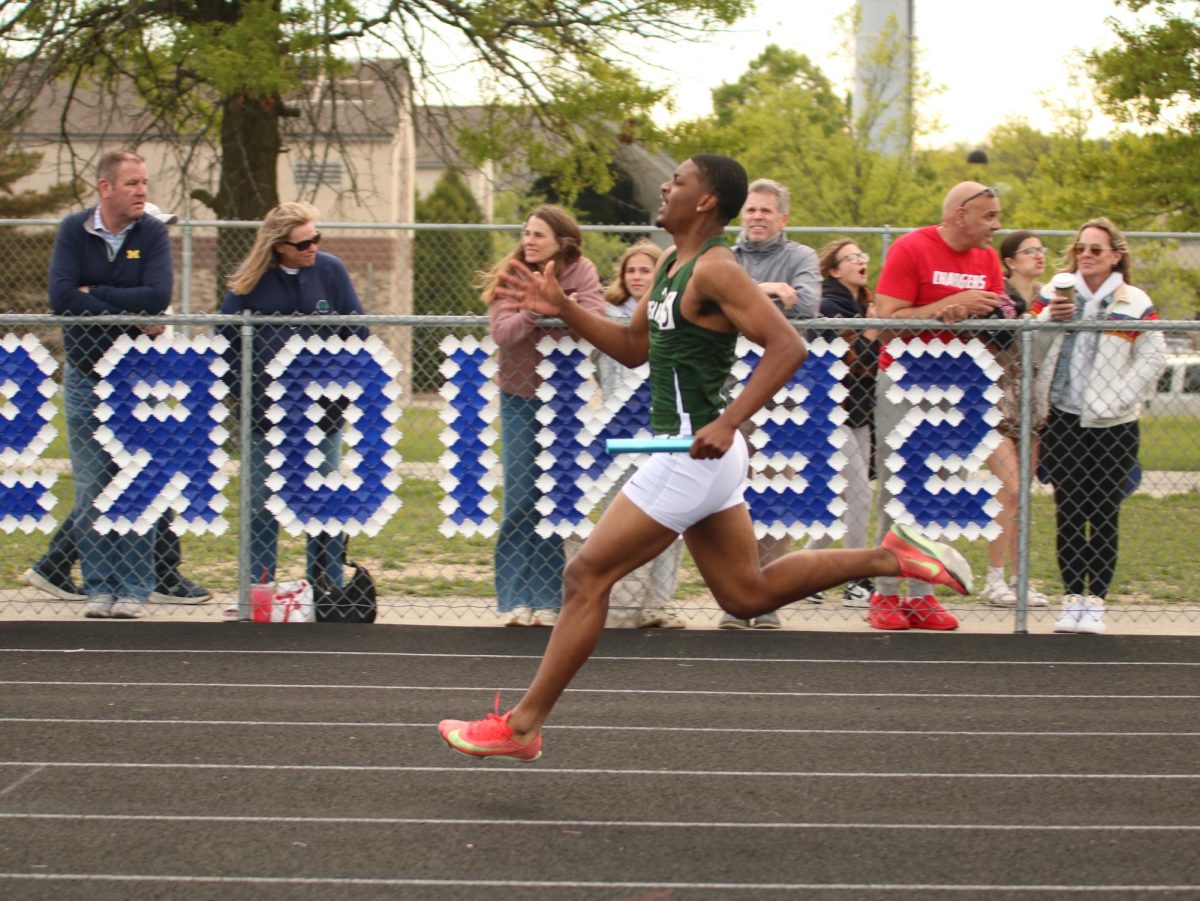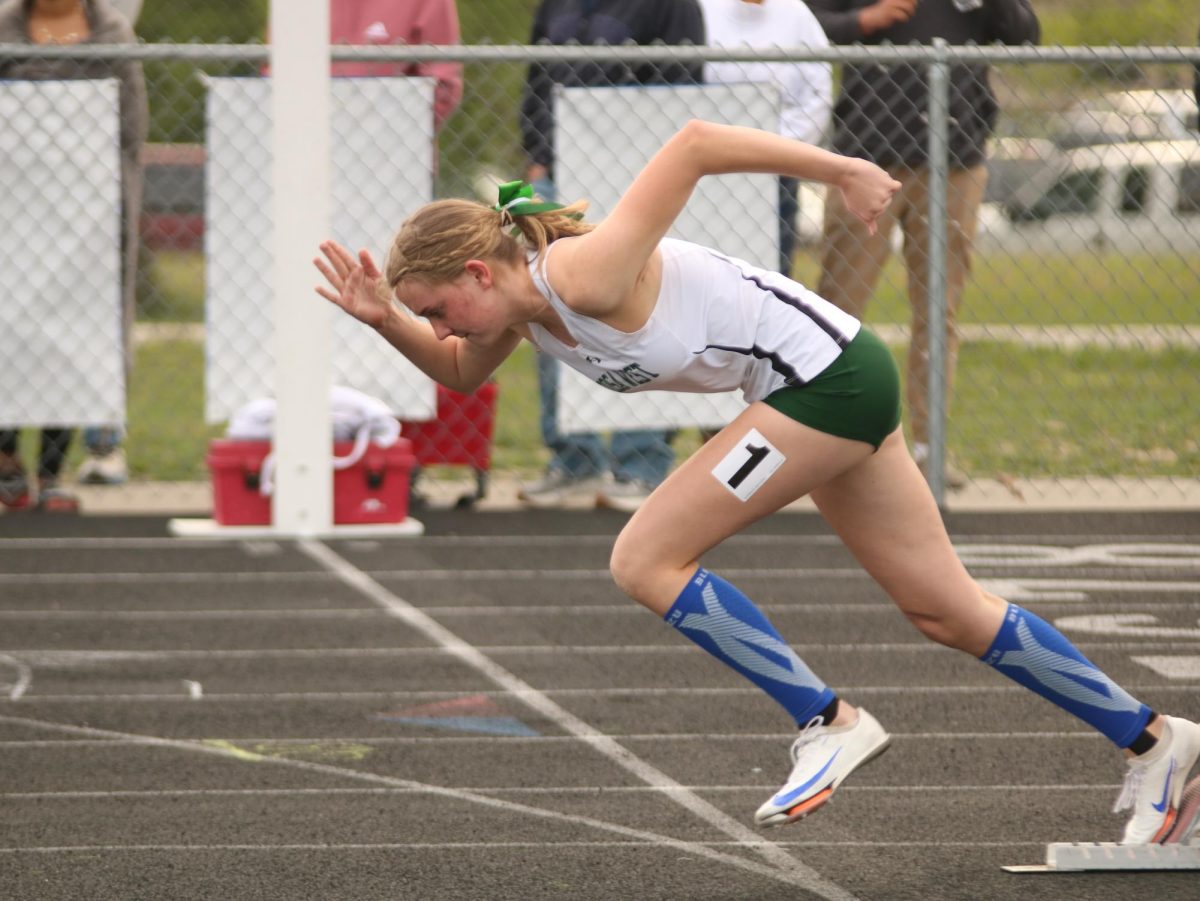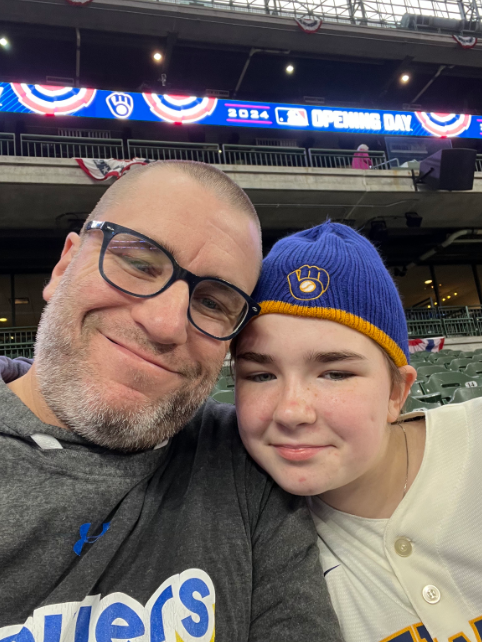NFL Fields: Turf or Grass?
January 5, 2023
On November 6th, the Green Bay Packers lost to the Detroit Lions at Ford Field in Detroit, Michigan. During the game there were a total of eight Packers who left the game due to injury. Among these injuries six of them were lower body injuries.
The next Monday, Green Bay linebacker De’Vondre Campbell tweeted the following: “I think it’s time y’all take some of the money y’all make off us and invest in grass fields for every team around the league. The turf is literally like concrete it has no give when you plant.”
This comment is one of many that scrutinizes the use of turf fields in NFL stadiums. Most NFL players agree that playing on turf fields causes too many lower body extremity injuries. They use statistics but also their personal experiences and feelings on different surfaces to support their claim.
Many NFL owners are against this narrative and will use NFL backed stats to shut them down. According to IQVIA, the third-party statistics company used by the NFL and NFLPA, the percentage difference between non-contact injuries per 100 player-plays from 2018 to 2021 was statistically insignificant.
In fact, in 2021, the percentage difference between turf and grass was almost 0%. On the surface, it may seem like the players have a point but further evidence needs to be provided in order for the owners to agree with them.
Because of another study done by IQVIA, owners might have to at least consider what NFL players are claiming. This time data was collected on time missed and the type of turf field played on.
Of the 14 turf fields, there are 5 different types which include KBG, Hybrid, Dual Film, Monofilament, and Slit Film. The only problematic turf type was the slit film turf. The study concluded that the injury rate on slit-film turf is significantly higher than on the other types.
Of the 33 NFL fields played on, 7 of them are slit film turf fields. If no other games are moved to another stadium like the Bills were moved to Detroit, 11% of regular season games have a higher chance of a player getting injured.
Packers offensive tackle David Bakhtiari has continuously advocated for the removal of slit film along with the removal of all turf fields. On November 12th, he tweeted, “The fact that the [NFL] can’t watch [Rashan Gary] play because of Detroit’s slit film turf is a shame! You’re taking good football away from the fans!” Bakhtiari and many others have worked hard to keep #SaferFields trending on Twitter.
On the same day, former Packers center and NFLPA President JC Tretter had to say this in an NFLPA story: “The NFL and its experts have agreed with this data and acknowledge that the slit film field is less safe. Player leadership wrote a letter to the NFL this week demanding the immediate removal of these fields and a ban on them going forward, both in stadiums and for practice fields. The NFL has not only refused to mandate this change immediately, but they have also refused to commit to mandating a change away from slit film in the future at all.” Tretter called for an urgent ban on all slit film turf.
NFL Executive Vice President Jeff Miller clapped back with this: “While slit-film surfaces, one type of synthetic material, have 2-3 more injuries per year, most of them are ankle sprains — a low-burden injury — whereas slit film also sees a lower rate of fewer high-burden ACL injuries compared to other synthetic fields.”
So as of now the NFL and NFLPA are divided on the statistics behind what causes these injuries. In order to reach agreement on the safety of the league, Miller says more study is needed.
“There has been 15-18 more injuries just this season. So that data that they compiled hasn’t included this season,” NFLPA Vice President Richard Sherman said.
Up until this point support for the change in turf fields has been based on stats from recent years. 2022 preseason statistics have been collected but for the most accurate results, regular season statistics will need to be used.
There are also other variables that need to be considered. Cleats can be a big factor as well. Different combinations of cleats and surfaces will result in varying performance and injury rates.
Weather may play a role in injury rates too. Since football is played mostly in winter and fall, cold weather will influence injuries the most. Dr. Mufaddal Gombera, an orthopedic surgeon from Texas says: “Without their usual quickness or elasticity, your muscles, tendons and ligaments are at a higher risk for strains, pulls, tears and other types of injury. Cold weather may also exacerbate existing injuries by causing an already bothersome muscle or tendon to tense up or tighten.”
To create a consensus on what fields the NFL should be using, many negotiations will need to be completed. An in depth study is a necessity at this point and all factors will need to be accounted for. Furthermore, to avoid more disputes surrounding fields, all turf fields should be regulated to one type of turf. For now no side is more right than the other.














